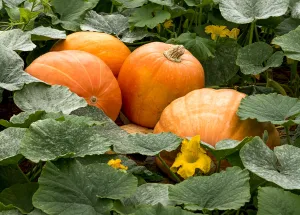
Fall is for Planting
Why is Fall a Great Time to Plant?
Cool Temperatures, Warm Soil
The air is getting cooler and soil has been warmed by the summer sun. Plants are less stressed by the extreme temperatures, and long days, and roots are nice and cozy.

Still Time to Grow
Fall is mild here in the Southern California and we don't typically get a frost, so you still have plenty of time to grow and enjoy flowers, vegetables, fruits and more.

Planning Ahead
Fall is the time to plant things that will bloom next spring and beyond. Trees, shrubs, fruit, and perennials will thrive next season when planted now.

Rooting In
Fall is when many plants focus on storing nutrients and preparing for winter. By next spring, all your fall plantings will have grown strong roots so they can grow abundant foliage and flowers.

All About Soil
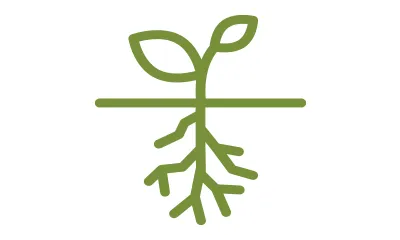
Why is soil so important to our gardens?
- Our native soil tends to be dense, compact clay. This type of soil lacks nutrients and biodiversity, does not drain well, and is hard for plants to grow roots in.
-
Soil is literally the foundation of our garden. Just like a house needs a good foundation, if you want strong plants, you have to create a healthy foundation for them to grow in.
-
Plants absorb most the nutrients they need through their roots in the soil. So it's important for the soil to be filled with minerals and nutrients plants need to survive.

How is the soil important to the environment?
The soil is home to lots of living things! The critters (like ants and worms) and micro-organisms (bacteria and fungi) that need the soil and plants to survive also help make the soil better for the plants to grow. So it's a mutually beneficial ecosystem. This decomposition service is why they are so important to the environment.
The living organisms in the soil are recyclers. They help break down dead plants and return them to their basest nutrients so living plants can absorb them.
Soil has lots of biodiversity. If we care for our soil properly, we protect the biodiversity and ensure the ecosystem thrives.
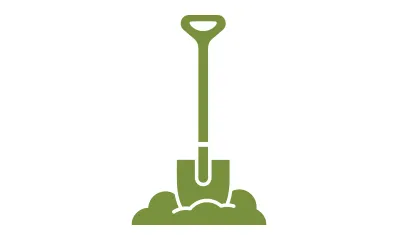
How can you improve your garden's soil?
For healthy soil and strong plants with robust roots, it's crucial to amend our native clay soil that lacks organic matter and essential nutrients.
Mix organic Dr. Earth Mother Land All Purpose Planting Mix 50/50 with the native clay to improve the structure, increase drainage (so roots don't rot in sitting water), and increase aeration (yes, roots need air too).
Adding compost and/or fertilizer will increase the nutrients available in the soil for plants to absorb. Incredisoil Mushroom Compost is a great garden amendment for a boost in overall nutrient levels and microbial activity.
Organic Dr. Earth fertilizers add beneficial micro-organisms including mycorrhizae, a beneficial fungus that helps provide essential minerals to the plants.
Create Stunning Container Gardens
1. Thrillers: Tall, upright plants add height and drama. Place them in the back or middle of the pot.
Examples: Echinacea, Lavender, Pennisetum, Rudbeckia, Snapdragons
2. Fillers: Bushy, mounding plants give volume to the container. Place them between the filler and the edge.
Examples: Huechera, Lantana, Mums, Pansies, Violas
3. Spillers: Trailing, spreading plants spill over the edge and soften the look. Place them closest to the lip of the pot.
Examples: Calibrachoa, Ivy, Lobelia, Petunia, Sedum

What to Plant in Your Fall Kitchen Garden
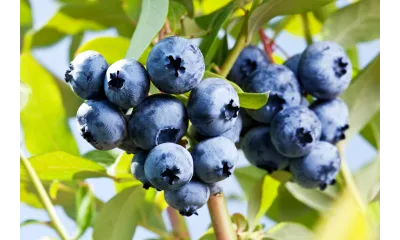
• Arugula
• Beets
• Blackberries
• Blueberries
• Broccoli
• Brussel Sprouts
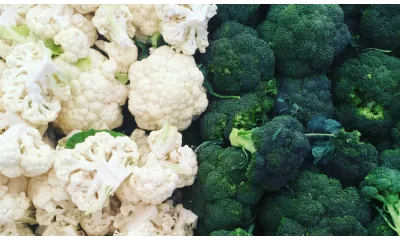
• Cauliflower
• Cabbage
• Chard
• Collards
• Fruit Trees
• Herbs
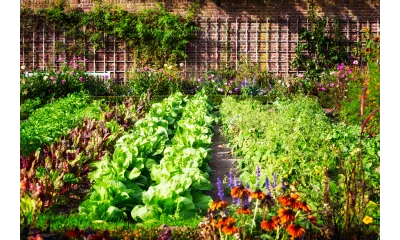
• Kale
• Lettuce
• Radishes
• Raspberries
• Spinach
• Turnips






